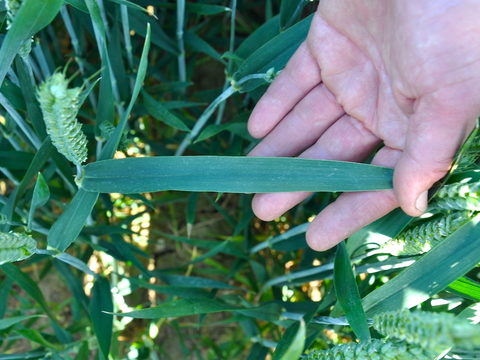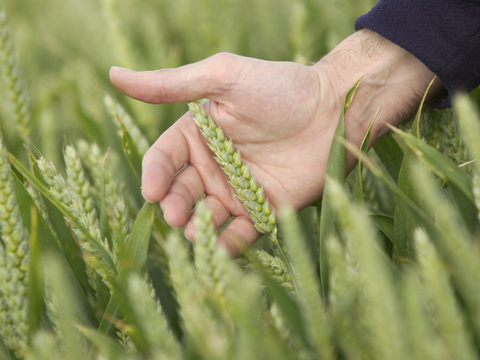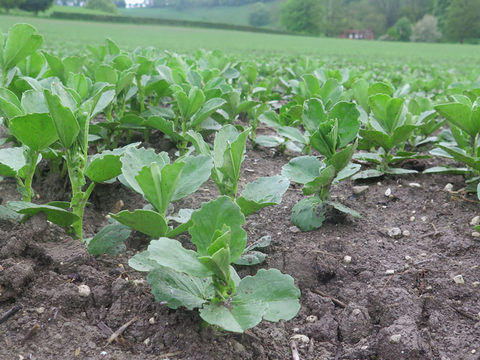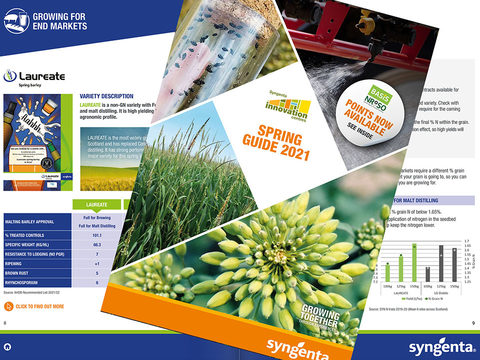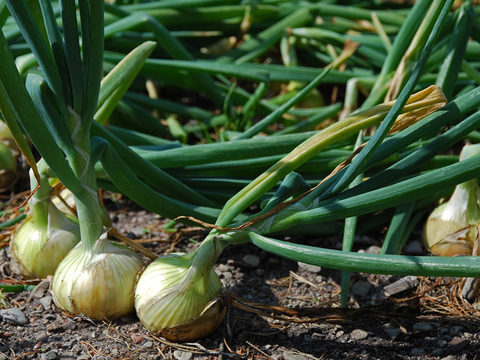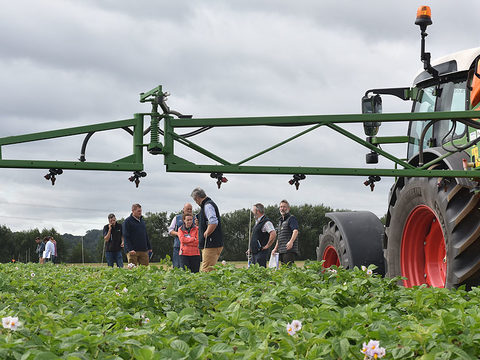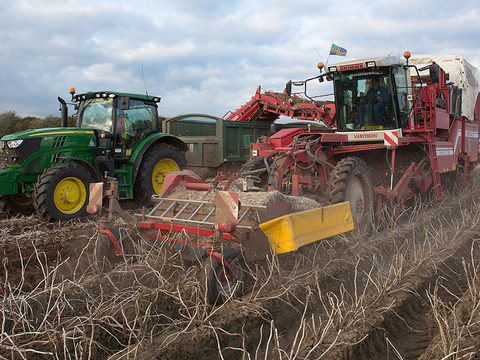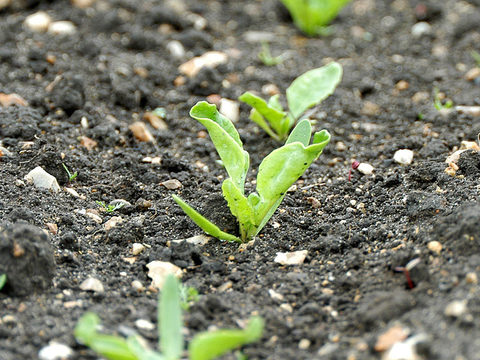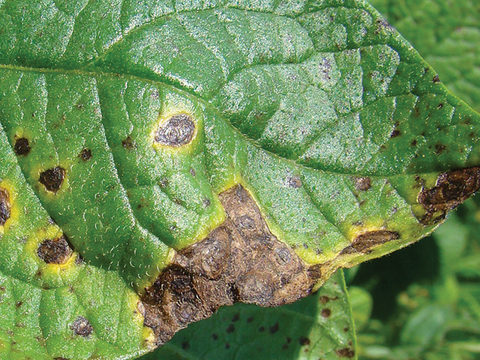Adapting T0 and T1 cereal disease management in 2024
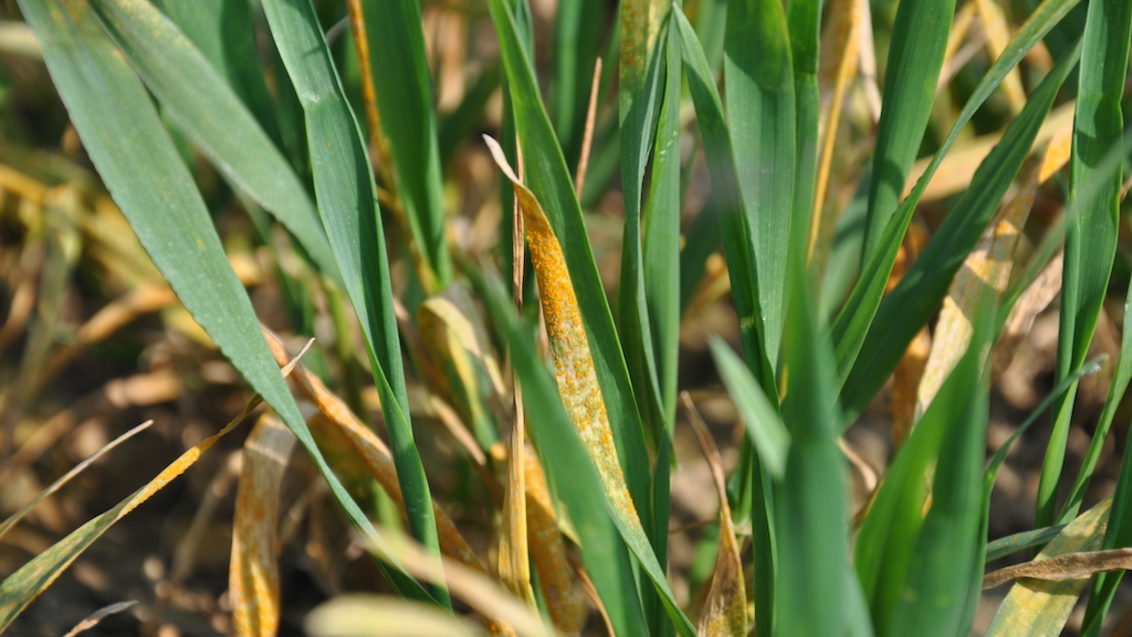
With cereal crop potential and feed grain prices in many cases not where we’d ideally want them to be, extracting every ounce of remaining yield from crops in 2024 will be key.
After the mild, wet winter, several diseases are now threatening. The T0 and T1 fungicide timings are pivotal for getting on top of these. Carefully-chosen fungicides offer one of the best returns of investment, and lay the foundations for maximising yield.
T1 winter wheat disease control
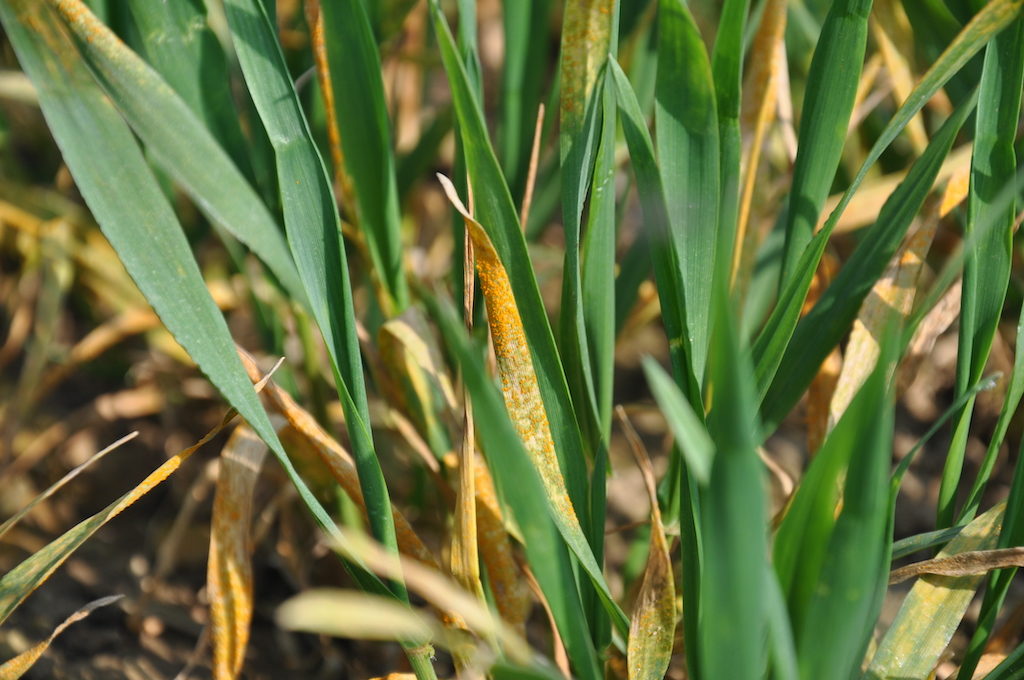
Many people have been seeing yellow rust in wheat – particularly in susceptible varieties.
Normally after a wet winter, yellow rust sporulation is hampered. But this winter the weather hasn’t been cold enough to kill off the older leaves that harbour infection. So we have a reservoir of inoculum waiting in the base of crops. Getting on top of this early to prevent it moving up the plant to the main yield-building leaves will be key.
In addition, we know that later drilling increases yellow rust risk. We’ve had a lot of wheat drilled late this season, with several varieties that can be drilled into the New Year having very low yellow rust resistance ratings. This has created a potential perfect storm of susceptible varieties, drilled late, in a season where it’s not really been cold enough to kill off yellow rust infection.
Check the yellow rust resistance ratings of your varieties here.
Targeting yellow rust in winter wheat
Where yellow rust threatens, as well as building rust activity into T0 decisions, make sure the T1 SDHI fungicide you choose is proven to provide strong yellow rust control. With yellow rust capable of cutting winter wheat yield by as much as half, it’s not worth taking unnecessary risks.
Elatus Era, which contains the SDHI benzovindiflupyr (also known as Solatenol) has been available for a few years and is noted for its outstanding yellow rust activity. But don’t just take our word for it. Look at AHDB data. Check out the levels of yellow rust control achieved from different fungicides, and the yields, on slides 22-24 here (for Solatenol look at Elatus Plus in the charts as this is straight Solatenol; with Elatus Era you get Solatenol plus prothioconazole). See AHDB data here.
Septoria tritici management in winter wheat
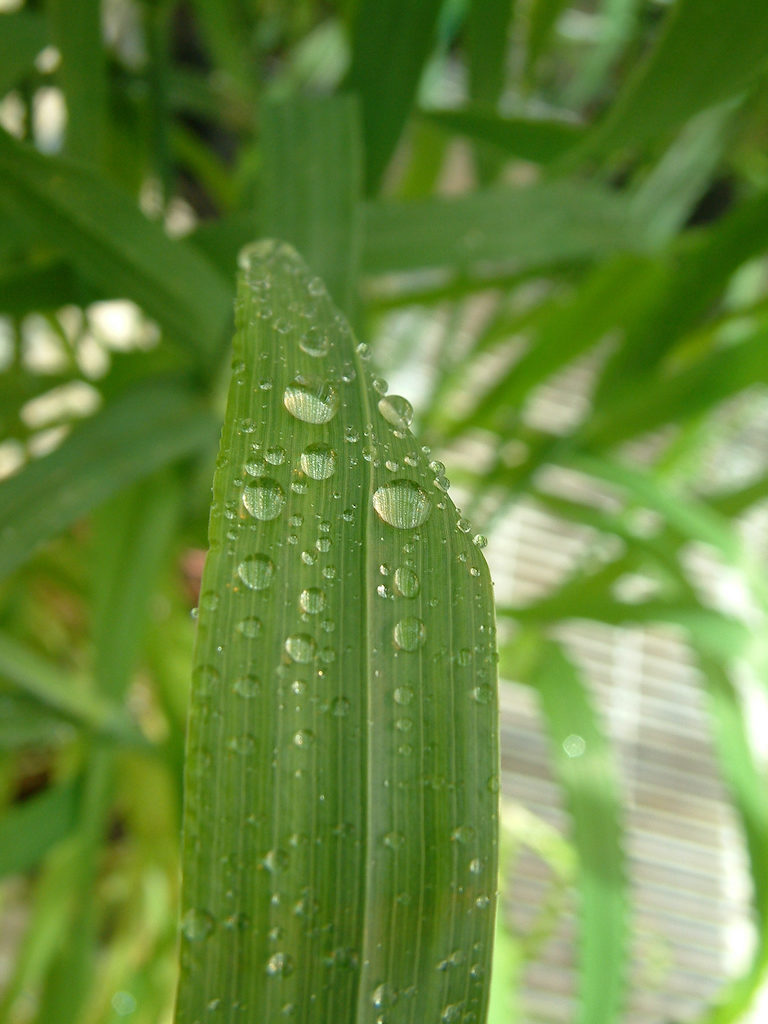
As well as yellow rust, Septoria tritici is also present in wheat crops – at the levels you might expect after winter rains.
As with yellow rust, temperatures haven’t been cold enough to kill off old, infected leaves, so many crops are carrying more inoculum than normal.
Later-drilled crops may well have less Septoria tritici, particularly those drilled in the New Year. But it doesn’t take much inoculum to get infection going, and the key period that influences Septoria tritici levels is yet to come.
Independent ADAS analysis on nine years of Syngenta trials has shown the peak correlation between total rainfall and Septoria tritici severity occurred during the 28 days from 16 April to 13 May. These dates correspond quite closely with the T1 and T2 fungicide spray timings which protect the top three leaves – with these top leaves, in turn, contributing approximately 75% of final winter wheat yield.
Although T2 is often regarded as the more important of these timings, because the flag leaf contributes the most to yield, protecting the flag leaf actually begins by achieving good control on leaf 3 from the T1 fungicide to delay the spread of disease up the plant. So it’s important not to compromise the T1 spray.
This doesn’t mean it’s necessary to spend excessively at T1. Elatus Era, provides a cost-effective way of maintaining robust SDHI fungicide protection at T1, rather than cutting back to a less effective material. Importantly this season, as well as providing protection against Septoria tritici, it is also highly effective against yellow rust. Plus, it offers long-lasting protection.
For more information on T1 cereal fungicide strategies, check out the article here.
Separate Syngenta research has also examined the length of protection offered by Solatenol, the SDHI in Elatus Era. Results showed that, even though the flag leaf had not emerged at the time of application, treatment around the T1 timing was still sufficient to lead to a reduction in Septoria tritici on the flag leaf more than 40 days after application, without a T2 fungicide having yet been applied.
Find out more about Elatus Era here.
For resistance management, whatever fungicide is being used, and to bolster activity, including a multi-site fungicide is essential. The cost-effectiveness of Elatus Era makes including a multi-site an easier decision.
Similarly, using suitably robust fungicide dose rates at T1 is important to maintain persistence – something that is especially important in case the T2 spray is delayed. Again, the cost-effectiveness of Elatus Era makes it an easier decision to maintain robust dose rates. Against yellow rust, Elatus Era has excellent dose flexibility, as the AHDB dose response curves show. For Septoria tritici, we suggest a dose of 0.8 l/ha.
If mildew is present or threatens, a specific mildewicide may also be required.
ELATUS® Era at T1 – maintained yield protection even in the 2023 high Septoria season
T1 applications
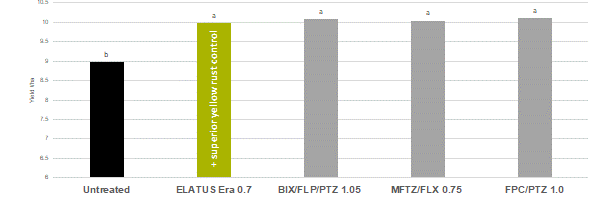
Four trial average. Stafford – Skyscraper, Sykehouse – RGT Saki, Rougham – Skyscraper, Dorset (NIAB) – Skyscraper. T2: MFTZ/FLX 0.75 I/ha
Eyespot and take-all management in 2024
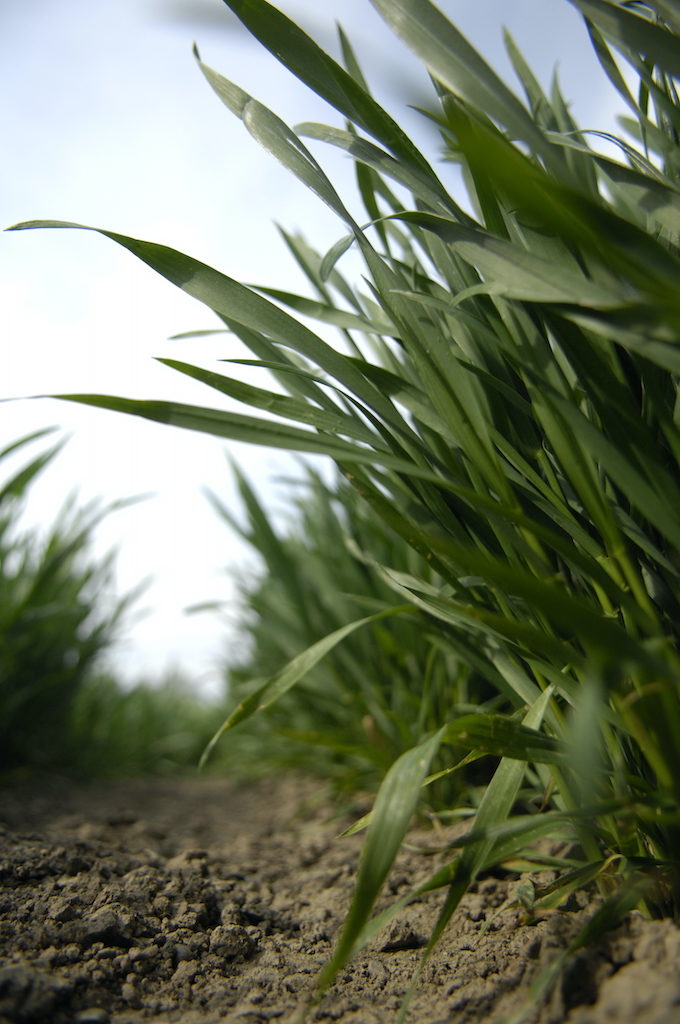
As well as foliar diseases, be on guard for the stem base disease of eyespot and the root-damaging effects take-all.
Not all wheat crops will be affected, but Syngenta disease forecasting indicates a higher than normal risk of eyespot at T1. There’s also a higher than normal take-all risk.
Usefully, with its prothioconazole component, Elatus Era provides activity against eyespot. A dose of 100 g/ha of prothioconazole minimum is needed to give a useful reduction in eyespot.
Take-all, on the other hand, requires specialist attention.
Clearly, take-all is a root-rotting fungus affecting second wheat. But where second wheat crops are poorly rooted to begin with, because they’ve been sat in wet soils over winter, its effect on yield is likely to be increased.
The Amistar label explains that it can reduce the severity of take-all. A suitable dose of AMISTAR® is 0.8-1.0 l/ha to give useful benefits in reducing take-all infection. Best results typically come from T0 application as the treatment needs to get down to the roots, but a split T0 + T1 application can also be used.
Find out more about take-all here.
Disease control in winter barley in 2024
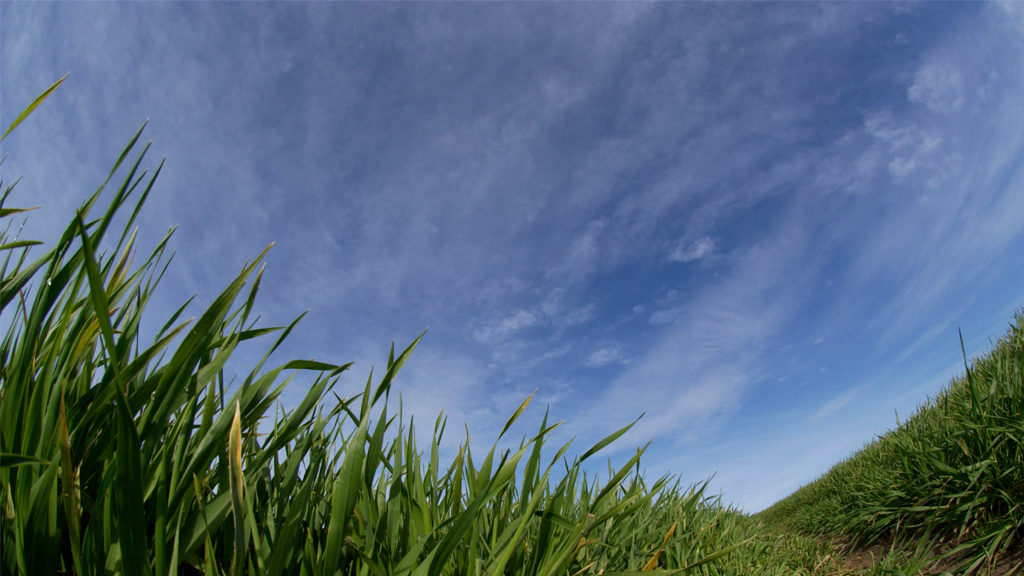
With winter barley drilled earlier than winter wheat (before the storms arrived last autumn), crops are generally looking better than winter wheat crops.
That said, brown rust is present in susceptible varieties, which will need tackling early. A suitable triazole at T0 will be useful here. If net blotch is a risk, consider also adding Kayak. Find out more about Kayak here.
Indeed, net blotch and Rhynchosporium could both be at elevated risk this spring after the winter rains, depending on how wet it’s been and the previous crop.
In conventional winter barley, protecting early crop growth against disease at T1 is the prime foundation for yield because barley is a sink-limited crop. Find out more here.
Elatus Era offers a good all-round fungicide at T1 in barley. It is good value for money, has the persistent green leaf protection from its Solatenol SDHI component, and contains the tried and tested triazole, prothioconazole. It also has on-label approval against net blotch, Rhynchosporium and brown rust, and can be used on feed and malting barley crops.
Consider Elatus Era at 0.67 l/ha or above at T1 in winter barley. If Ramularia is a concern, add folpet to reduce the risk.
With the potential for rapidly-growing winter barley plants to develop thin stems this spring, as well as using a plant growth regulator programme, an SDHI can also offer benefits for stem strength.
Spring barley disease control
While T1 is a key timing for yield protection in winter barley, T2 is the key timing in spring barley.
Nevertheless, this doesn’t mean T1 in spring barley should be overlooked. Again, Elatus Era is a good, cost-effective option in spring barley. But if an SDHI fungicide is being reserved for the T2 timing, then consider Amistar or Kayak mixed with a triazole at T1, to keep early-season disease pressure in check, with the aim that the T2 SDHI can then be applied protectively for the best yield-protecting effects.
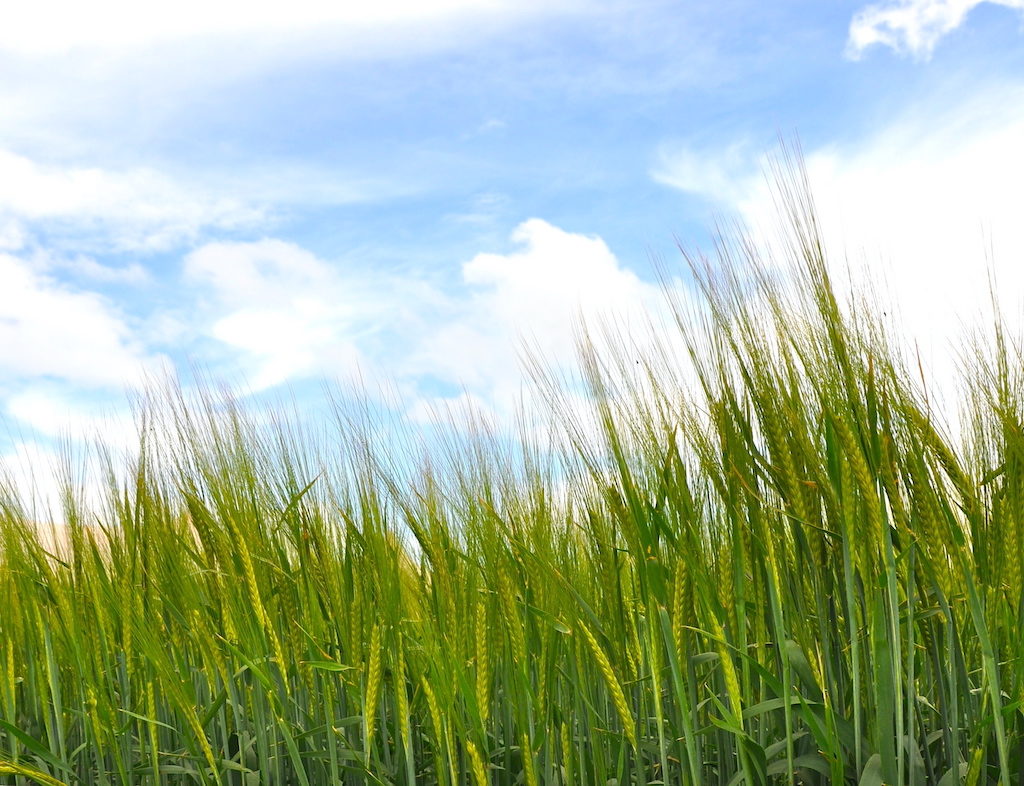
Controlling disease in oats
Although disease levels might appear low in oats, conditions have been perfect for crown rust – wet and mild.
In oats, Elatus Era has powerful activity against crown rust from its Solatenol component and activity against mildew from prothioconazole. It’s a good all-round solution.
Better fungicide spray application
Choosing the correct nozzles for the spray target is crucial for getting the best out of fungicides. See our nozzle guidance for the different fungicide spray timings here.
Better disease risk forecasting
Want to be more accurate when assessing your disease risks? Check out our latest digital offering here.
